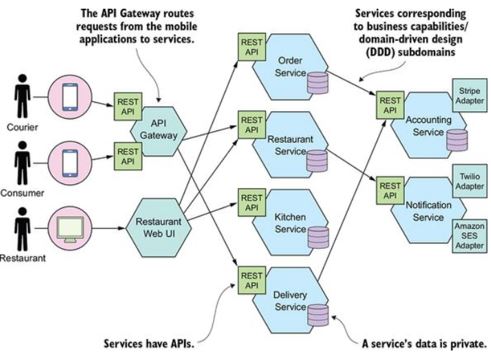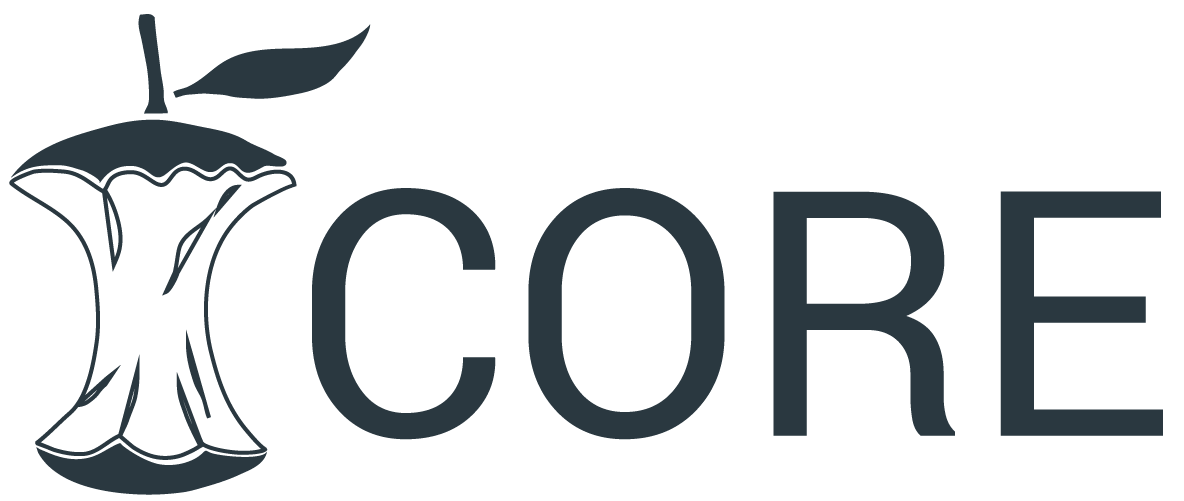Leveraging Microservices and Serverless Architectures for Enhanced Enterprise Agility
DOI:
https://doi.org/10.5281/zenodo.15205099Keywords:
microservices, serverless, scalability, enterprise, architecture, deployment, security, efficiency, integration, performanceAbstract
This study investigates the impact of serverless and microservice architectures on the agility, scalability, and cost efficiency of an enterprise. Modern digital enterprises can no longer rely on traditional monolithic architectures due to constraints on deployment velocity, flexibility, and scalability. The research underlines the far-reaching benefits of microservices in modularity, resource consumption, and development cycle time optimization, while also noting the benefits of serverless computing in infrastructure expenditure, auto-scaling capabilities, and performance enhancement. Moreover, the integration of services was analyzed with a focus on security hygiene through policy enforcement, authentication, and workload distribution techniques. It is indisputable that the shift towards microservices and serverless structures provides enterprises with the ability to rapidly achieve innovations, operational agility, and scalability. This study has proven that the adoption of cloud-native architectures is imperative for enterprise modernization and attaining competitiveness within the ever-evolving realm of information technologies.
Downloads
References
Anh, V. (2021). Real-time backend architecture using Node. js, Express and Google Cloud Platform.
Auer, F., Lenarduzzi, V., Felderer, M., & Taibi, D. (2021). From monolithic systems to Microservices: An assessment framework. Information and Software Technology, 137, 106600.
Baškarada, S., Nguyen, V., & Koronios, A. (2020). Architecting microservices: Practical opportunities and challenges. Journal of Computer Information Systems.
Bueechl, J., Haerting, R., Pressl, M., & Kaim, R. (2021). Potentials and barriers of agility in small and medium sized enterprises. in Business Information Systems: 24th International Conference on Business Information Systems, 1, pp. 367-380. TIB Open Publishing.
Chandramouli, R. (2019). Microservices-based application systems. NIST Special Publication, 800(204), 800-204.
Chinamanagonda, S. (2020). Enhancing CI/CD pipelines with advanced automation-continuous integration and delivery becoming mainstream. Journal of Innovative Technologies, 3(1).
Fowdur, T.P., Aumeeruddy, S.M., & Beeharry, Y. (2018). Implementation of SSL/TLS-based security mechanisms in e-commerce and e-mail applications using Java. Journal of Electrical Engineering, Electronics, Control and Computer Science, 4(1), 13-26.
Gu, R., Niu, C., Wu, F., Chen, G., Hu, C., Lyu, C., & Wu, Z. (2021). From server-based to client-based machine learning: A comprehensive survey. ACM Computing Surveys (CSUR), 54(1), 1-36.
Hawilo, H., Jammal, M., & Shami, A. (2019). Exploring microservices as the architecture of choice for network function virtualization platforms. IEEE Network, 33(2), 202-210.
Jansson, I. (2021). Continuous compliance automation in AWS cloud environment.
Kalske, M., Mäkitalo, N., & Mikkonen, T. (2018). Challenges when moving from monolith to microservice architecture. in Current Trends in Web Engineering: ICWE 2017 International Workshops, Liquid Multi-Device Software and EnWoT, practi-O-web, NLPIT, SoWeMine, Rome, Italy, June 5-8, 2017, Revised Selected Papers 17, pp. 32-47. Springer International Publishing.
Leung, J. (2021). Serverless computing in enterprise application integration: An organizational cost perspective.
Malawski, M., Gajek, A., Zima, A., Balis, B., & Figiela, K. (2020). Serverless execution of scientific workflows: Experiments with hyperflow, AWS lambda and Google cloud functions. Future Generation Computer Systems, 110, 502-514.
Manchana, R. (2021). Balancing agility and operational overhead: monolith decomposition strategies for microservices and microapps with event-driven architectures. North American Journal of Engineering Research, 2(2).
Mathew, A., Andrikopoulos, V., & Blaauw, F.J. (2021). Exploring the cost and performance benefits of AWS step functions using a data processing pipeline. in Proceedings of the 14th IEEE/ACM International Conference on Utility and Cloud Computing, pp. 1-10.
Pezeshkian, V.A. (2020). Designing a solution for monitoring and managing multi-cloud on-premise deployments.
Qu, C., Calheiros, R.N., & Buyya, R. (2018). Auto-scaling web applications in clouds: A taxonomy and survey. ACM Computing Surveys (CSUR), 51(4), 1-33.
Romin, P. (2020). Unraveling microservices: A study on microservices and its complexity.
Wairagade, A. (2021). Role of middleware, integration platforms, and API solutions in driving digital transformation for enterprises. Journal of Science & Technology, 2(1), 387-403.
Yu, G., Chen, P., & Zheng, Z. (2020). Microscaler: Cost-effective scaling for microservice applications in the cloud with an online learning approach. IEEE Transactions on Cloud Computing, 10(2), pp.1100-1116.
Zhao, J., & Sun, J. (2020). Research on access control model based on RBAC model in microservice environment. in Journal of Physics: Conference Series, 1437(1), pp. 012031. IOP Publishing.

Published
How to Cite
Issue
Section
ARK
License
Copyright (c) 2025 Rahul Ranjan

This work is licensed under a Creative Commons Attribution 4.0 International License.
Research Articles in 'Applied Science and Engineering Journal for Advanced Research' are Open Access articles published under the Creative Commons CC BY License Creative Commons Attribution 4.0 International License http://creativecommons.org/licenses/by/4.0/. This license allows you to share – copy and redistribute the material in any medium or format. Adapt – remix, transform, and build upon the material for any purpose, even commercially.










